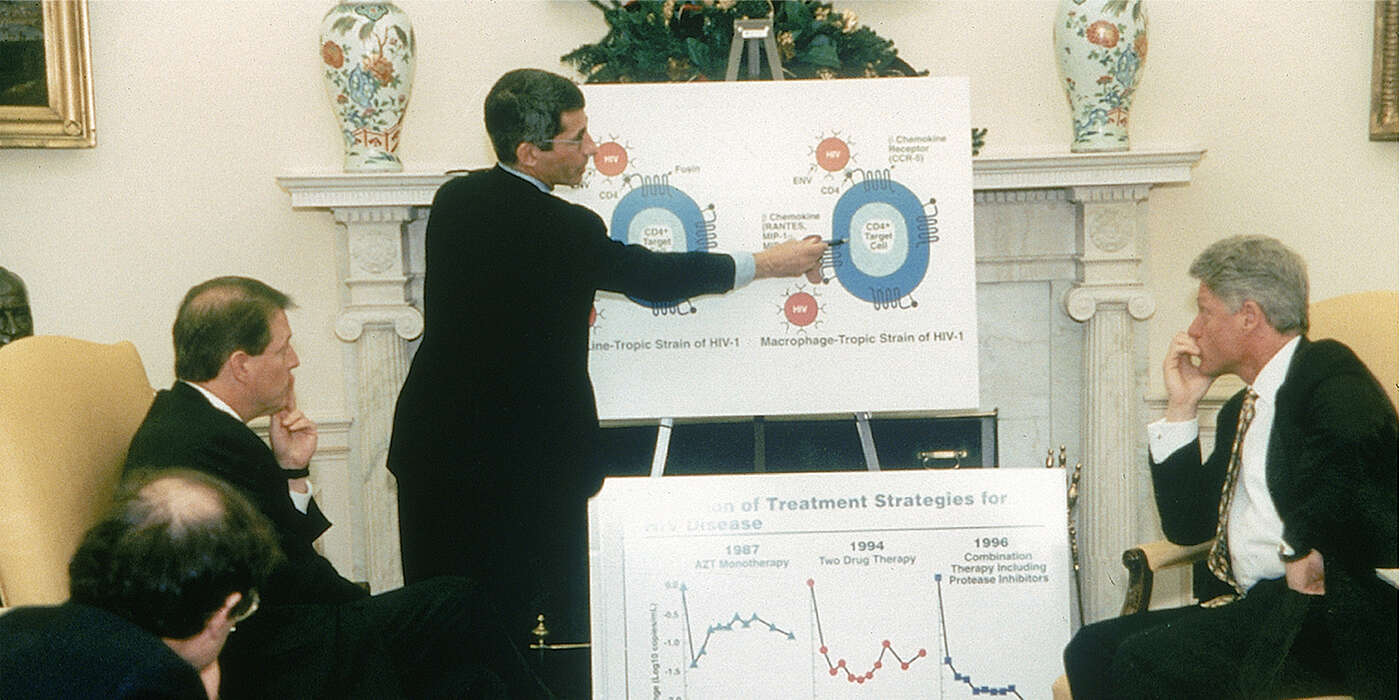T lymphocyte immune cells protect our body against pathogens. Chemokine signaling molecules direct these T cells to the site of infection where they help to eliminate the invading pathogens. This process is mediated by chemokine receptors on the surface of the cells. One of the best-known chemokine receptors is CCR5. CCR5 is an important target for anti-HIV drugs since it has been hijacked by the HI virus to enter the cells. However, CCR5 is also involved in many other immune processes where it plays a decisive role, for example, in the context of COVID-19 or cancer.
CCR5 is activated by certain chemokines and switched off by others
Several structures of the inactive CCR5 receptor had been solved in the past. They have provided insights into the mode of action of HIV entry inhibitors, which prevent the HI virus from entering the T cell. However, until now, the activation mechanism of CCR5 had not been understood. A detailed picture of this process has now been obtained by the research group of Prof. Stephan Grzesiek at the Biozentrum, University of Basel, in collaboration with scientists from the Paul Scherrer Institute (PSI) Villigen and the University of Geneva. In the journal “Science Advances”, they explain why only some chemokines activate the CCR5 receptor, while others deactivate it.
Deep insertion of chemokine activates receptor
CCR5 belongs to the large family of G protein-coupled receptors. These are embedded in the cell membrane and work by a “key and lock mechanism”. In the case of CCR5, only particular chemokines fit exactly into the CCR5 lock and activate a cellular machinery that, for example, triggers the migration of T cells to the infection site. The researchers have now discovered that the ability of chemokines to activate CCR5 depends on the molecular structure of the so-called N-terminal region of the chemokine.
“The amino acid sequence of the chemokine N-terminus and its resulting structure determine how the chemokine inserts into the CCR5 receptor,” explains first author Polina Isaikina. “Amino acids of a certain type at key positions stabilize a straight N-terminal conformation, which inserts deeply into the receptor. This leads to rearrangements within CCR5 that turn on the cellular machinery.” Chemokines with differing amino acid types at these positions induce a collapsed N-terminus that cannot insert deep enough into the receptor to activate it. Thereby the receptor gets blocked in an inactive state.
Findings are important for drug development
The various types of chemokines and chemokine receptors share similar architectures. Yet tiny structural differences in either the receptor or the chemokine determine which ligand activates which receptor. “It has been our goal for a very long time to understand CCR5 at an atomic level,” summarizes Grzesiek. “This aim originated from AIDS research starting 25 years ago. Now it turns out that CCR5 is also very important in many other disease processes. To understand how the different chemokines activate or deactivate their receptors is the basis for the rational development of new drug molecules that can selectively activate or deactivate processes in the immune system.”
CCR5 drug antagonists available today contribute already significantly to the treatment of AIDS. Others are in clinical trials with the aim to provide topical agents for the prevention of AIDS transmission. CCR5 inhibitors also show first positive results in the treatment of metastatic tumors. The present study provides the basis for the improvement of existing drugs and the development of novel compounds that can influence the immune system in a highly specific way.
Original publication:
Polina Isaikina, Ching-Ju Tsai, Nikolaus Dietz, Filip Pamula, Anne Grahl, Kenneth N. Goldie, Ramon Guixà-Gonzàlez, Gebhard F.X. Schertler, Oliver Hartley, Henning Stahlberg, Timm Maier, Xavier Deupi, and Stephan Grzesiek. Structural basis of the activation of the CC chemokine receptor 5 by a chemokine agonist. Science Advances, published online 16 June 2021
Contact: Communications, Katrin Bühler



